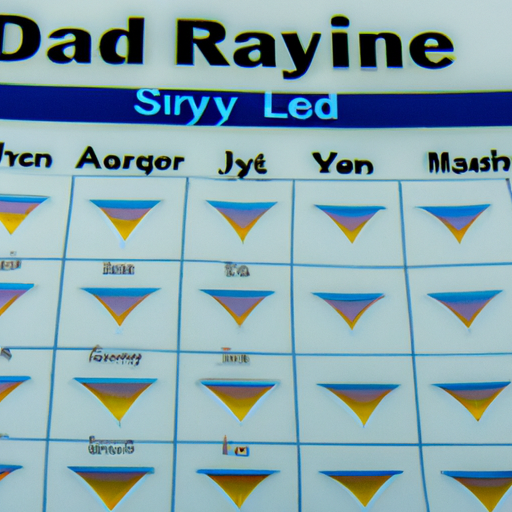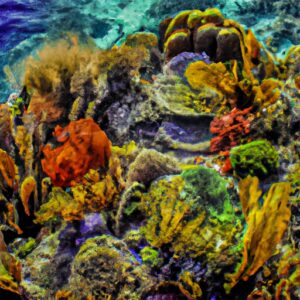
A Guide to Spotting and Identifying Different Types of Rays
Introduction
Are you ready to dive into the world of stingrays, manta rays, and eagle rays? You’ve come to the right place! As a seasoned scuba enthusiast and self-proclaimed ray expert, I’ll give you the inside scoop on how to spot and identify different types of rays. So grab your snorkel gear and let’s get started.
Stingrays
Stingrays are perhaps the most commonly seen type of ray. They usually have a flat, diamond-shaped body and a long, whip-like tail. Their coloring can vary from gray to brown to black, and they often have spots or patterns on their backs. You can spot stingrays by looking for them gliding gracefully along the sea floor. Just be sure to steer clear of their sharp barbs – those things hurt!
Manta Rays
Manta rays are the gentle giants of the ray world. They can grow up to 23 feet wide and can weigh up to 5,300 pounds! Manta rays have triangular-shaped pectoral fins (the ones near their head) that they flap gracefully as they swim. They also have a distinctive pattern of dark coloration on their backs that can help you identify them. If you’re lucky enough to spot a manta ray, be sure to give it plenty of space to swim – these guys are big, but they’re also vulnerable to human disturbances.
Eagle Rays
Eagle rays have a distinctive, pointed snout that gives them an almost bird-like appearance (hence the name “eagle ray”). They also have long, slender tails that are usually adorned with a few venomous barbs. Eagle rays can be spotted gliding along the ocean floor, but they’re also known to jump out of the water – so keep your eyes peeled!
Tips for Spotting Rays
So now that you know what to look for, here are a few tips for spotting rays in the wild:
– Look for areas with sandy bottoms, where rays like to bury themselves to avoid predators.
– Keep an eye out for groups of fish – where there are smaller fish, there may also be predators (like rays) lurking nearby.
– Look for areas with plenty of sunlight – rays are often seen basking in the sun near the surface.
Conclusion
Spotting and identifying different types of rays can be a fun and rewarding experience for any ocean lover. With a little bit of knowledge and some careful observation, you can become an expert at identifying stingrays, manta rays, eagle rays, and more. So what are you waiting for? Grab your snorkel gear and dive in – you never know what you might see!







